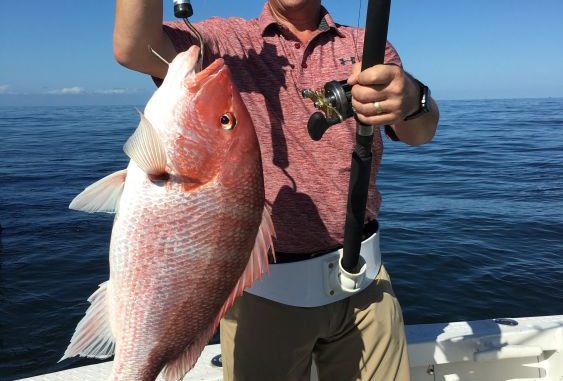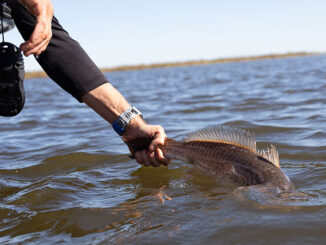
Updated assessment methodology to include remote cameras, surveys of artificial reefs and oil rigs
Recreational red snapper anglers got good news earlier this week when the National Oceanic and Atmospheric Administration announced a $9.5 million independent assessment will be conducted to determine the total abundance of red snapper in the Gulf of Mexico.
U.S. Senator Richard Shelby (R-Ala.) helped secure funding for the study as chairman of the Senate Appropriation Subcommittee on Commerce, Justice, Science and Related Agencies.
“Today’s announcement by NOAA is a critical step towards much-needed reform to the way fish are counted in the Gulf of Mexico,” Shelby said in a press release. “These efforts will help ensure that NOAA counts red snapper where they actually live – on reefs.”
Chris Macaluso, marine fisheries director for the Theodore Roosevelt Conservation Partnership, said the new assessment would likely take somewhat of a different approach from NOAA’s usual survey methods.
“It will include a lot more artificial reefs and rigs, and things that have in the past been left out of stock and population surveys. You’re probably going to see some innovative things like the use of remote-operated cameras and maybe some type of tagging program,” Macaluso said.
By their very nature, determining the stock of reef fish like red snapper is more difficult than other species, Macaluso said.
“You just can’t go and drag a trawl across a reef,” he said. “NOAA can’t use things that are productive for them in determining other stock sizes on reef fish. So they acknowledge there are limitations in terms of what they can do.
“They’ve said in the past, ‘We have a set number of transects, and there’s a way we do things through the use of long lines and habitats we look at.’ But they haven’t historically looked at artificial reefs, oil rigs and other artificial structures — it’s just not a routine part of their surveying methods.”
If the results show more snapper than NOAA has been estimating, Macaluso is hopeful the agency will actually use that new data moving forward in determining things like total allowable catch and setting the recreational fishing season.
“This is an opportunity to see if there’s a better way, or at least if there’s a way to enhance what NOAA already uses to get a better understanding of how many snapper there really are out there …,” he said. “They’re working with a lot of the same scientists who have helped advise stock assessments in the past, and this is just trying to find innovative ways to improve what they admit is a system that has flaws.”


